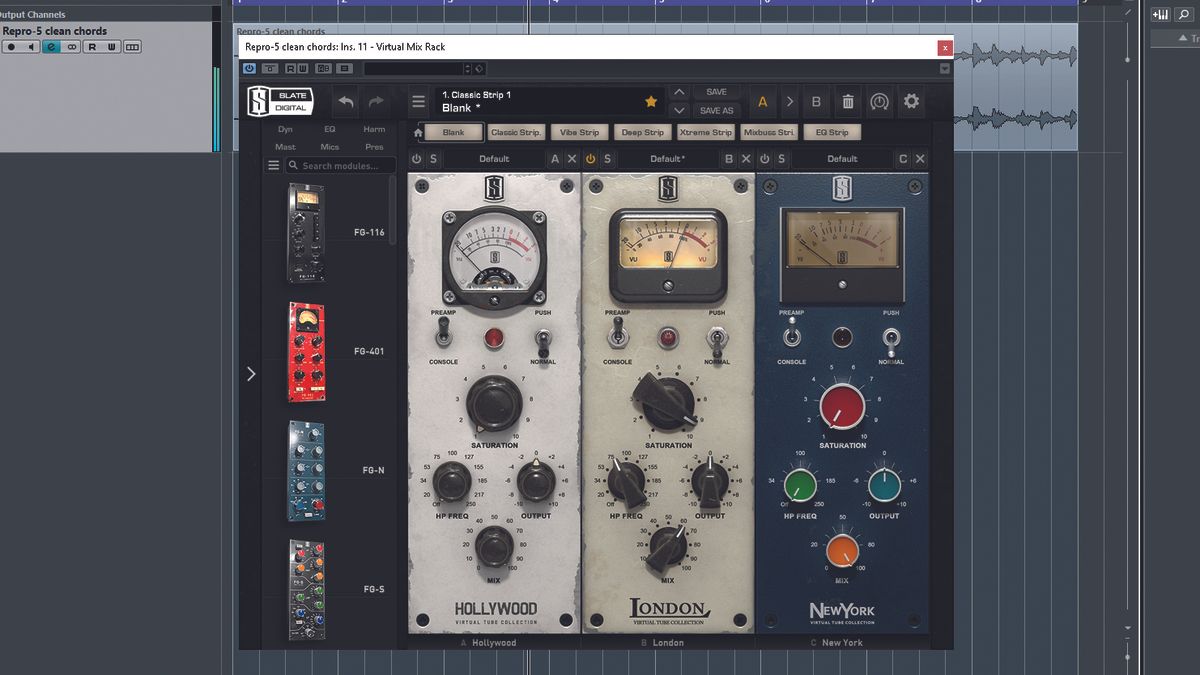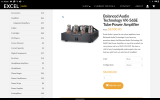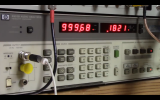I'm guessing that's because EQ (even parametric) can only change the frequency response. It can't emulate the distortion caused by non linear operation of the tubes (or whatever the mechanism is by which tubes distort).I tried that a few times.
As I've mentioned before, I had a Z-Systems RDP-1 parametric EQ for a long time and I used to have both Conrad Johnson (and other brands) tube amps (still have CJ), along with Bryston amps. I'm not bad with EQ - I use it all the time in my day job. But I was never able to really replicate the sound of my tube amps with the Bryston just using the EQ.
There could be multiple explanations for that, but at least, personally, as someone not unfamiliar with EQ it didn't turn out to be so easy.
Have you tried any of the "tube simulator" AU or VST plugins available, such as those listed here?

12 great free and paid-for tube emulation VST plugins
The best tube emulators on the market








